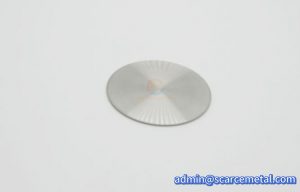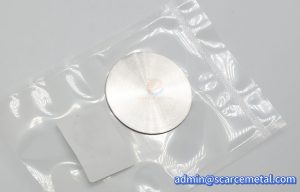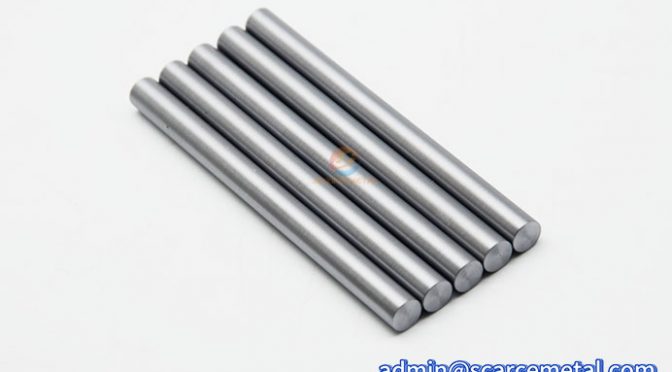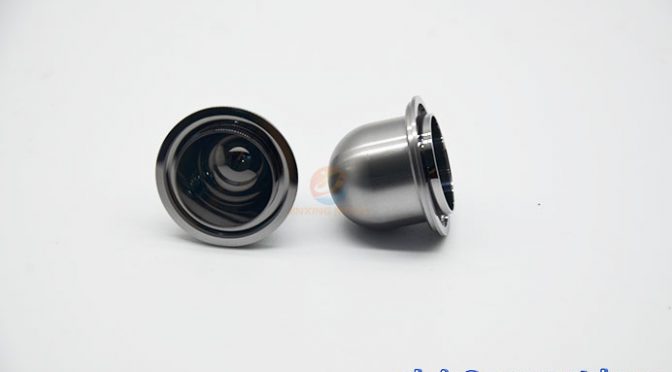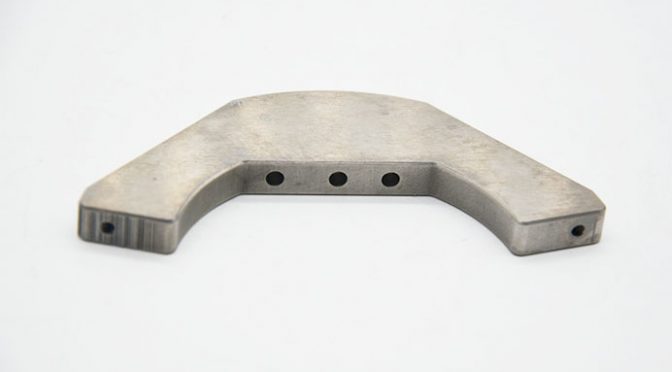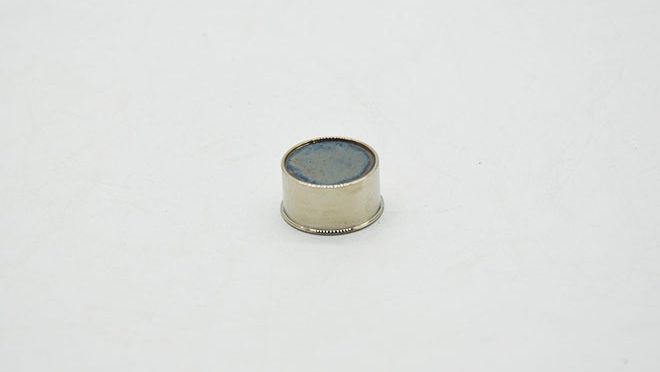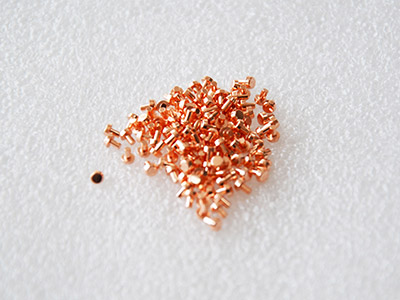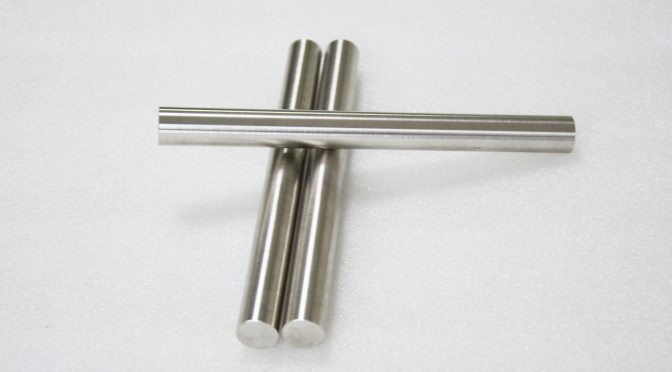Palladium Disk
Overview
Palladium disks are circular sheets made of palladium or palladium alloys. They possess excellent catalytic properties and good corrosion resistance, and are widely used in various fields, such as catalysts for automobile exhaust purification and chemical synthesis, as well as in electronic devices and jewelry manufacturing. They can also be used to make palladium membranes for hydrogen purification.
Advantages
- It exhibits excellent catalytic activity and hydrogen absorption and permeability, particularly in hydrogenation, dehydrogenation, and oxidation reactions.
- It also exhibits excellent chemical stability, with good corrosion resistance to air, water, and most non-oxidizing acids (such as hydrochloric acid and dilute sulfuric acid).
- Palladium exhibits excellent ductility and can be processed into uniformly thick, precisely dimensioned wafers through processes such as rolling and stamping, meeting the customized needs of various scenarios.
- Palladium has a high melting point (approximately 1554°C), maintaining structural stability even in high-temperature environments and resisting softening or deformation.
- As a precious metal with excellent thermal and electrical conductivity, palladium can be used as a thermal pad and electrode material.
Application
- Automotive Exhaust Treatment: Palladium disks are a core component of automotive three-way catalytic converters, effectively reducing harmful emissions such as nitrogen oxides and carbon monoxide.
- Fuel Cells: In proton exchange membrane fuel cells, palladium disks or palladium alloy disks serve as anode catalysts, improving the efficiency of hydrogen electrochemical reactions and reducing fuel cell energy consumption.
- Electronic Components: Due to their excellent conductivity and corrosion resistance, palladium disks are widely used in electronic contact materials, connectors, and other components.
- Chemical Catalysis: Palladium disks can be used as catalysts in a variety of chemical reactions, significantly improving reaction rates and production efficiency.
- Sensors: Palladium disks can be used in the manufacture of gas sensors and biosensors, primarily as electrode materials, improving sensor sensitivity and stability.
- Optics: Due to their excellent light reflectivity, Palladium disks can be used in the manufacture of optical components and in the preparation of transparent conductive films.
Dimension
|
Material |
Pd |
|
Purity |
99.9%, 99.95%, 99.99% |
|
Thickness |
1-6mm |
|
Diameter |
15-300mm |
|
Density |
12.02g/cm3 |
|
Hardness |
40-150HV |
|
Delivery Time |
15-20 days |
|
Surface |
Alkaline Cleaning, Polishing, Bright |
|
Standard |
ASTM, GB |
|
Certification |
ISO 9001 |
Process
① Palladium ingots or powder with a purity of 99.95% or higher are typically used as the starting material.
② The purified palladium raw material is placed in a vacuum induction furnace or electric arc furnace for high-temperature smelting.
③ The molten palladium is poured into a prefabricated mold and cooled to form a palladium ingot.
④ Alternating hot and cold rolling processes are performed to initially reduce the thickness of the billet and improve the internal grain structure.
⑤ Surface cleaning and polishing are performed to reduce surface roughness and improve finish.
⑥ Heat treatment and comprehensive performance testing are performed to ensure product quality.
Pictures
